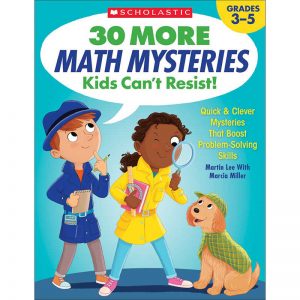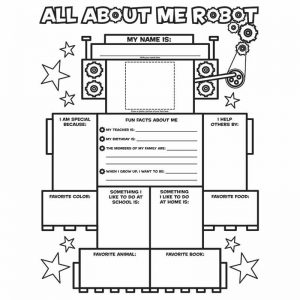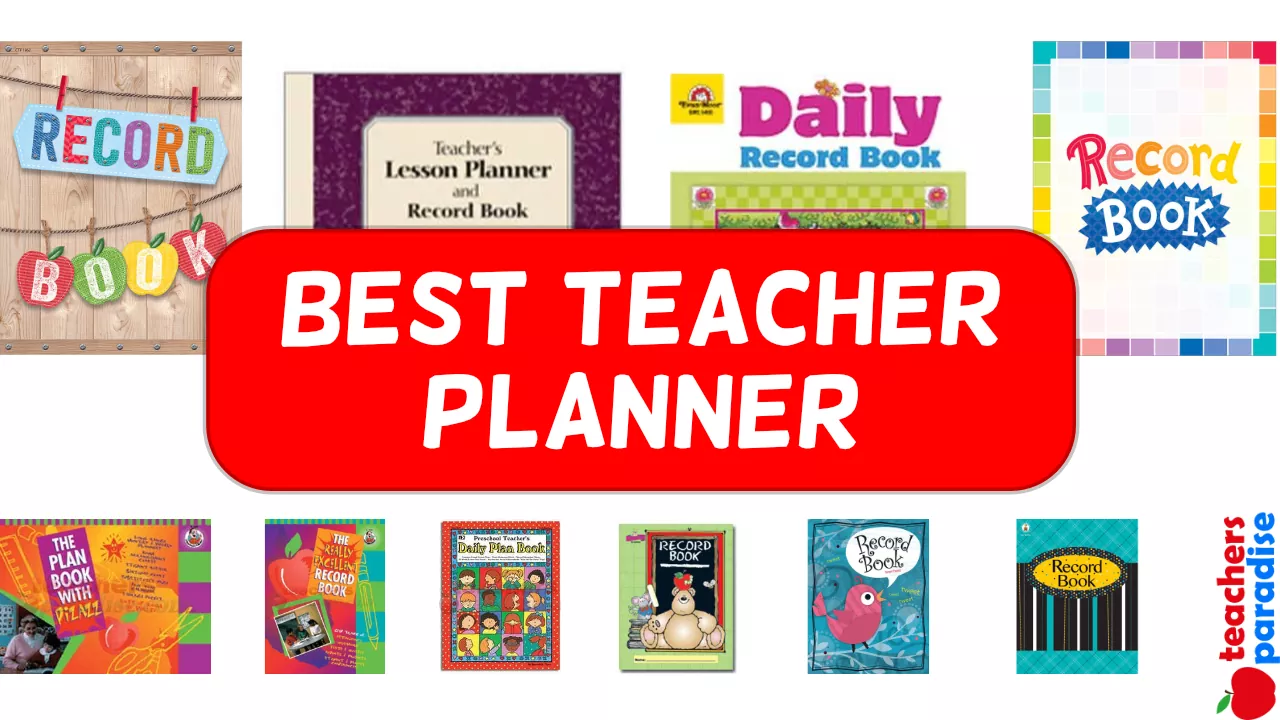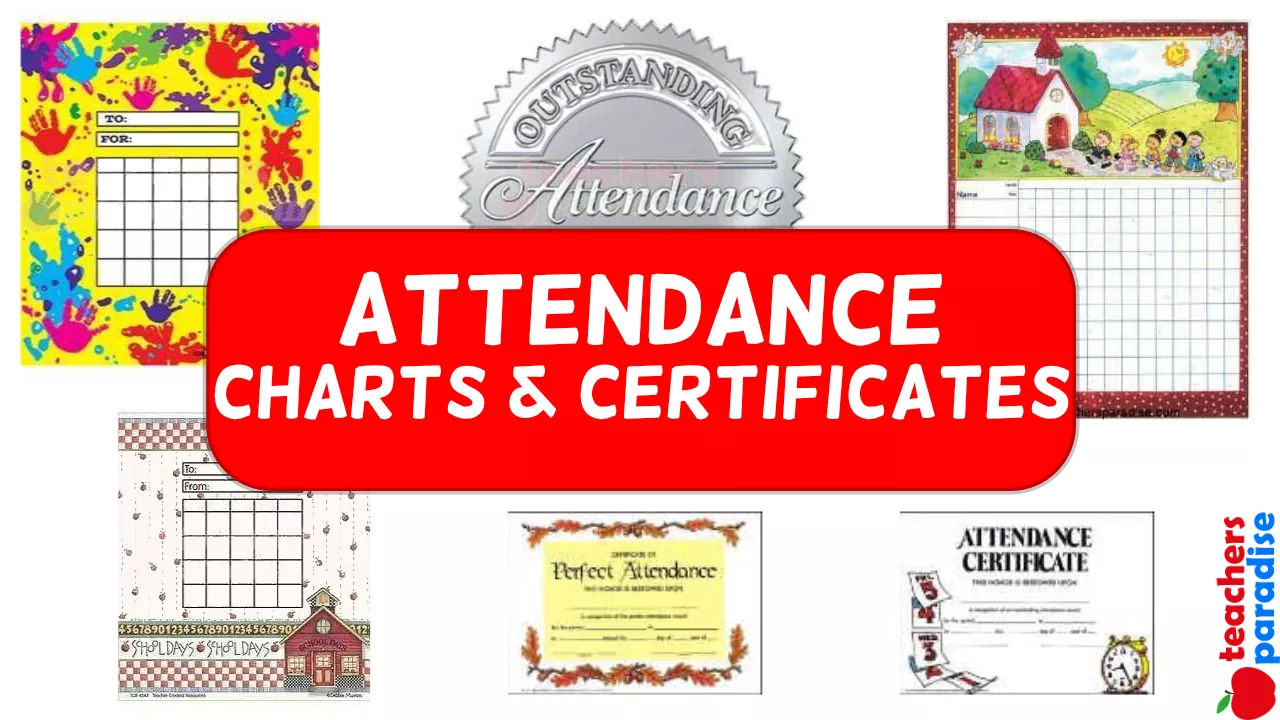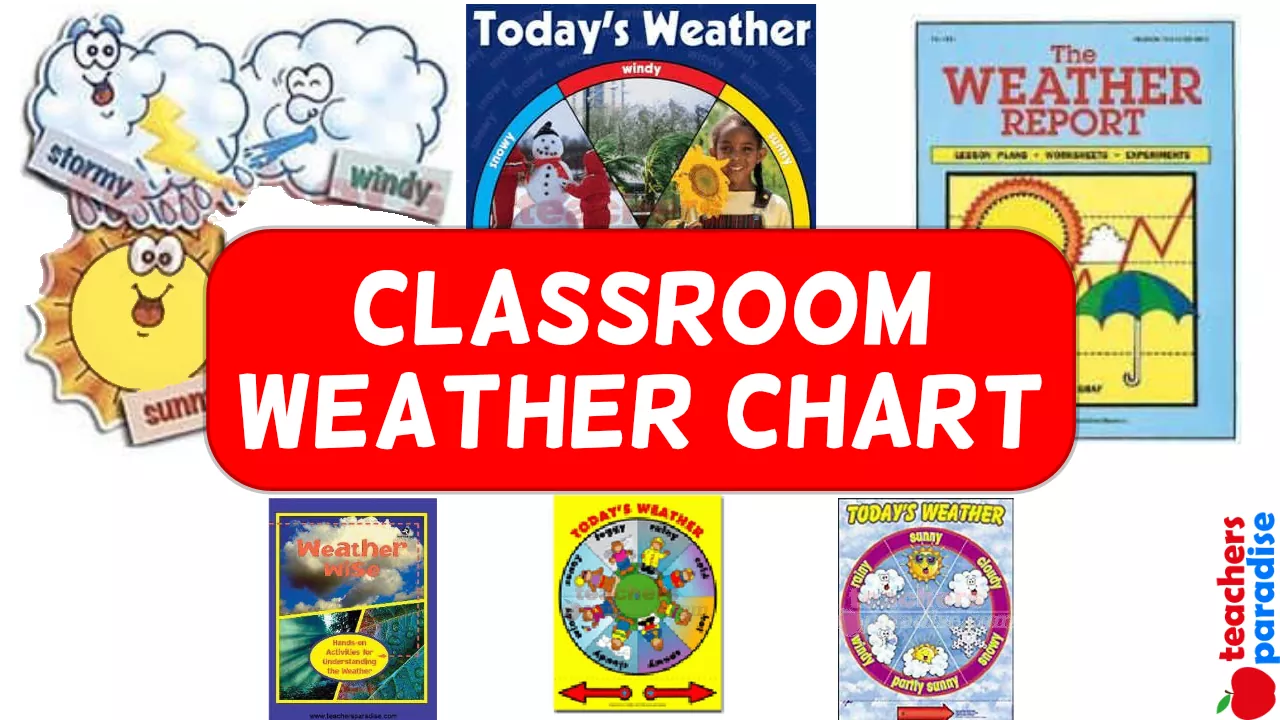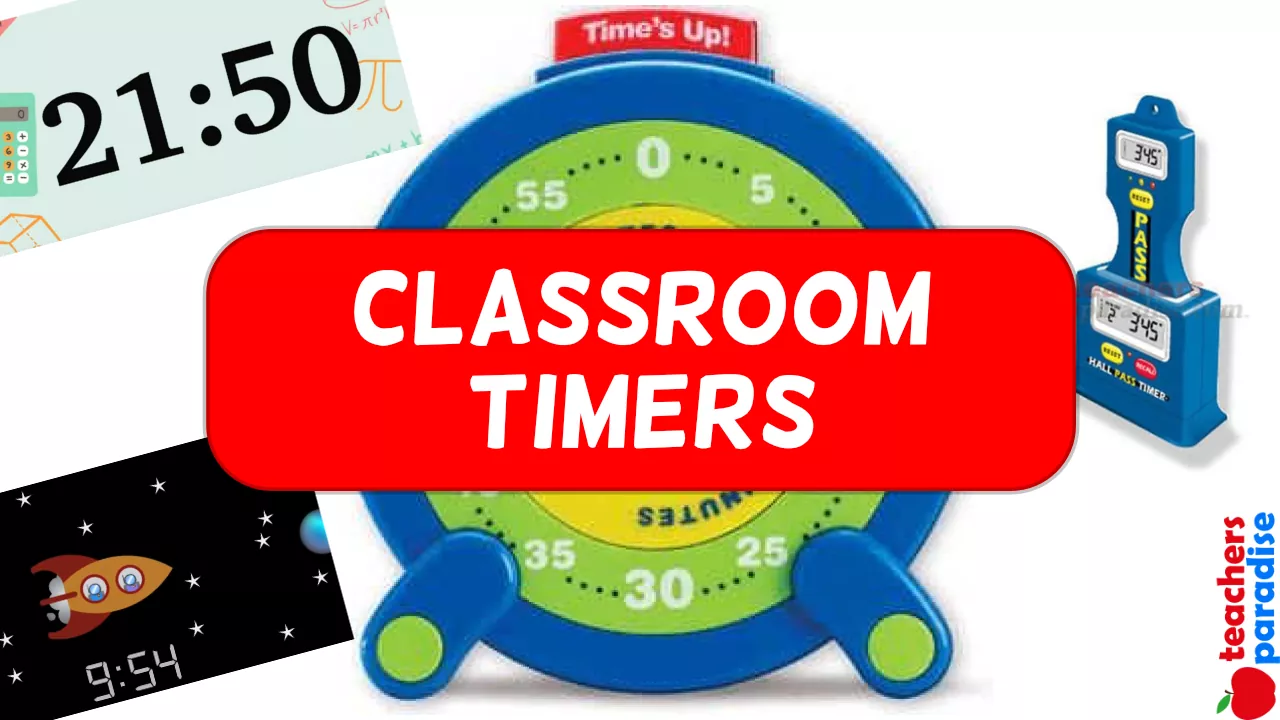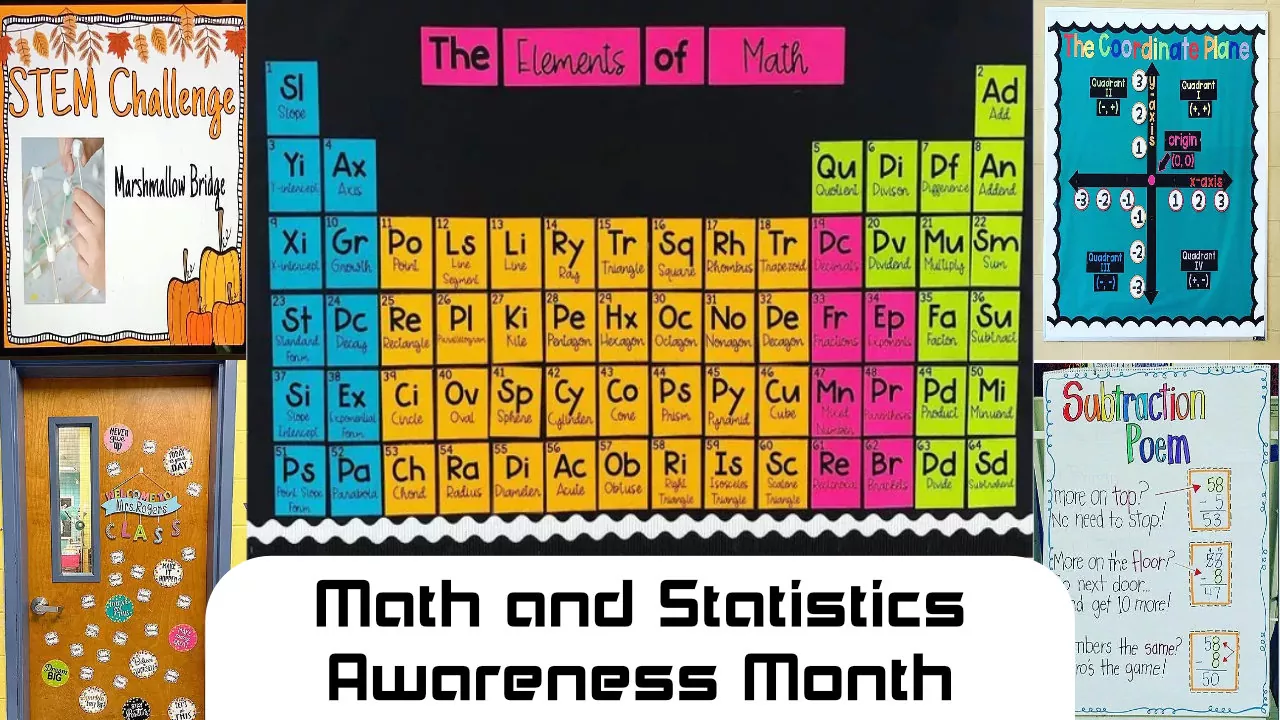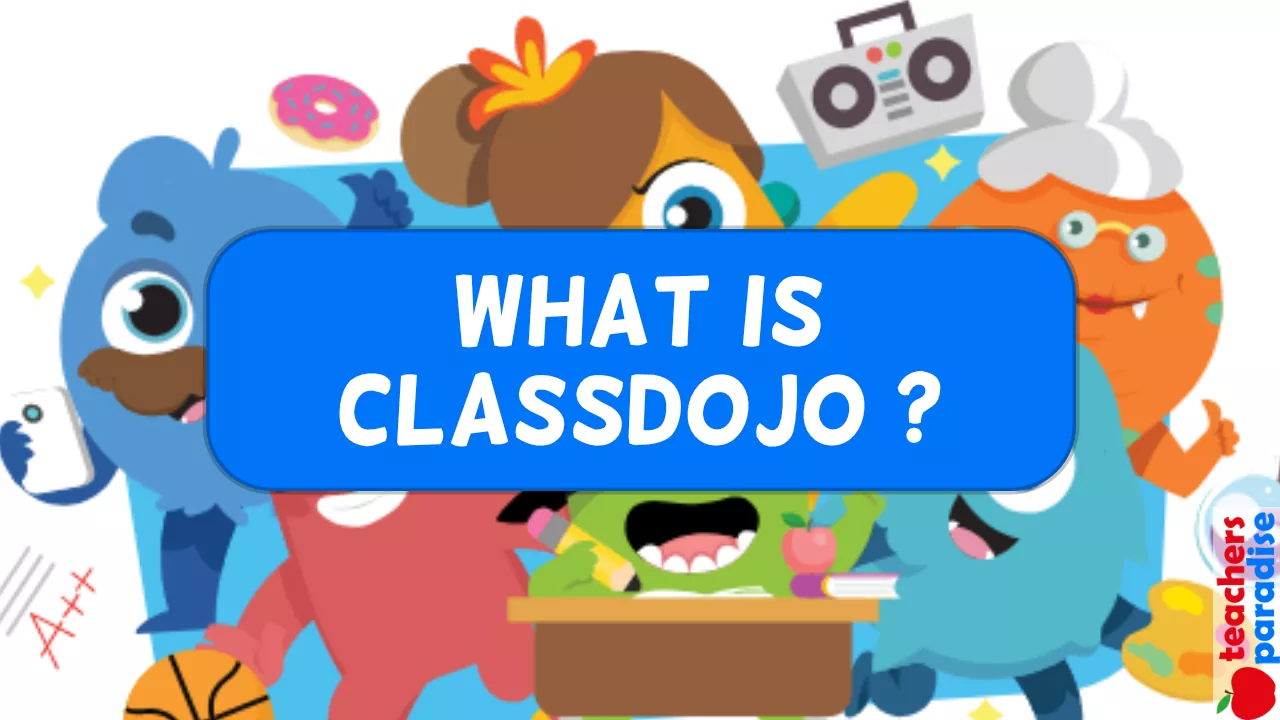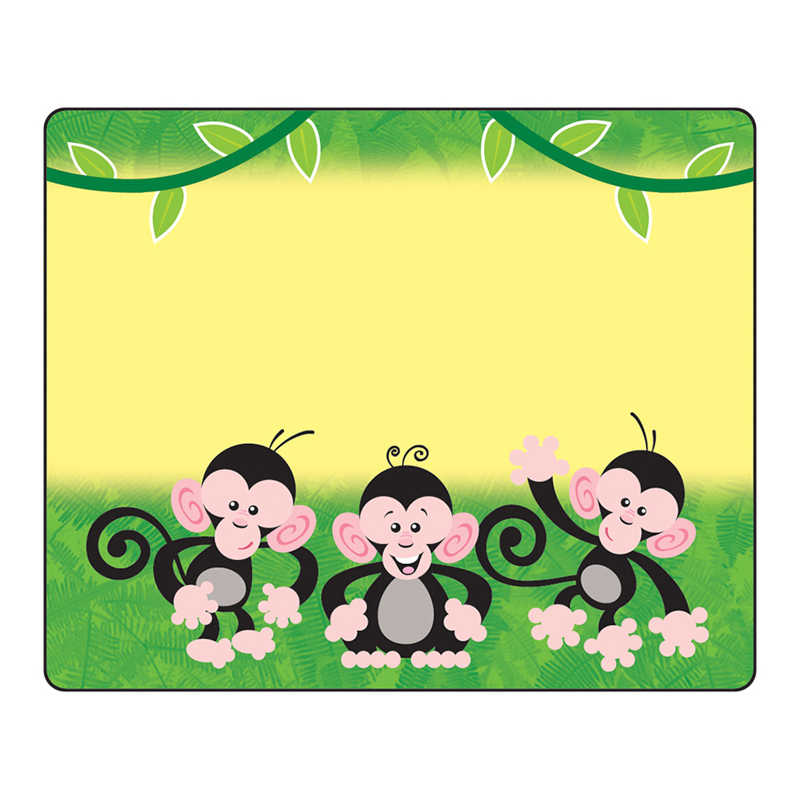40 Elaboration Writing Activities for Grades 2-4
Introduction
For young students, writing can be a daunting task. Writing involves so many discrete elements, all of which must come together at the same time—small motor control, visual memory, spatial orientation, logic, vocabulary, spelling, mechanics, organization, creativity. Still, we expect our students not only to learn to write but to improve their writing skills with each passing year.
Too much to ask? We don’t think so. In our experience, these goals are indeed reachable, and students can have fun along the way! The complexity of writing can make it daunting for writing teachers, too. There are many wonderful educational resources to use to enrich writing programs: Some are encyclopedic, others focus on specific skills or processes. 40 Elaboration Activities That Take Writing From Bland to Brilliant! touches upon many key aspects of the writing process but with a focus on one essential and recurring element—elaboration.
Simply put, elaboration is the conscious attempt to choose the best possible words, phrases, and supporting details to express an idea clearly and fully. Elaboration is the purposeful construction of lucid and lively sentences. It is the heart and soul of engaging and coherent writing.
WORKSHEET & Sample PDF Activity
Sample PDF Activity
Elaboration is a technique writers use to make their words leap off the page, evoke vivid images, and convey distinct messages to readers. Thoughtful use of elaboration can turn the dullest, driest passage into something winning, clever, dramatic, soaring, mournful, convincing, or just plain easier to follow.
For young writers, elaboration involves using the following:
For younger students, elaboration begins at the word level. Emerging writers may not be ready for paragraph structures, figures of speech, and the many conventions of writing standard English. But they are ready to choose better words with which to write better sentences. Over time, students who use elaboration can make the leap from writing adequate sentences to penning amazing ones.
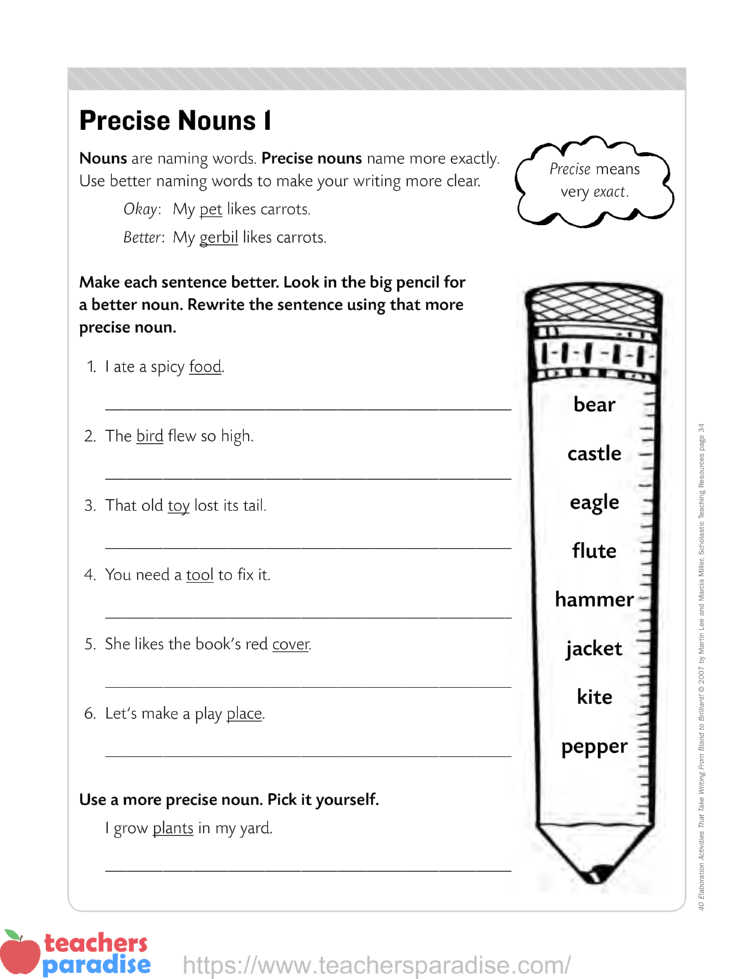
Like any complicated skill, writing requires organization, effort, time, and support. We need to help students identify, learn, and apply certain basic rules and techniques. But above all, we must help open their eyes to writing as a conscious, proactive skill with choices and options students can control and master, even at a beginner’s level.
Teaching Tips
With older students, you might also consider nouns that name ideas, such as kindness or strength, or particular categories of nouns, such as proper nouns (Baltimore, Tuesday) and collective nouns (team, class).
• Help students understand that the noun to replace in each sentence is underlined, and that the big pencil holds reasonable choices. Not every word in the pencil will be used; answers may vary.
Precise Nouns 2
Writing Goal To replace an overused noun—thing—with precise alternatives
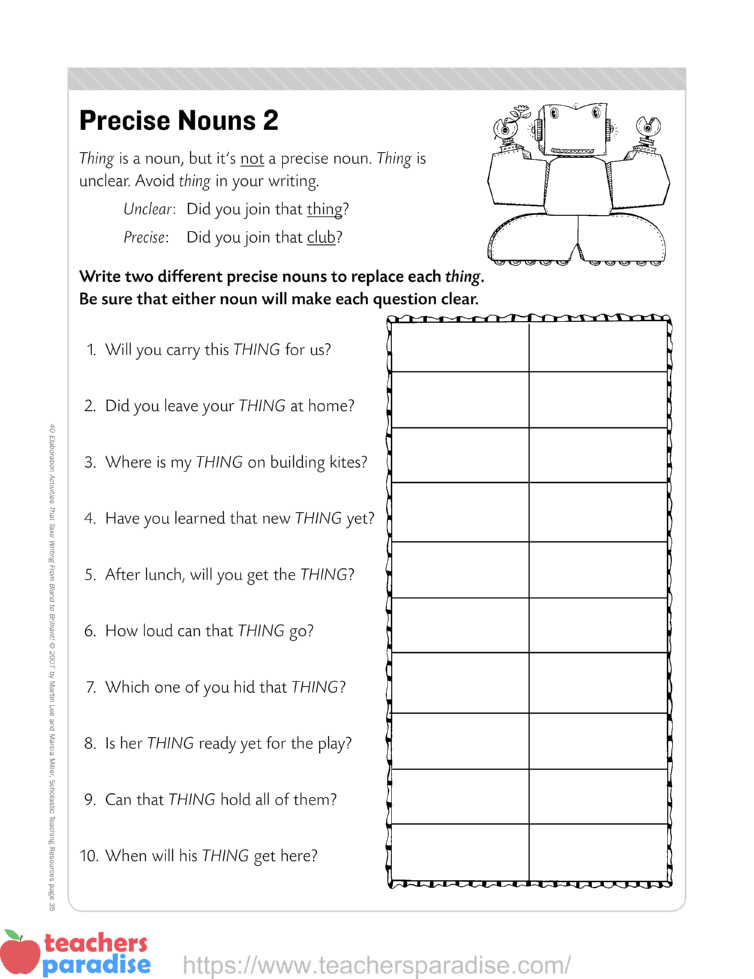
Teaching Tips
• Be sure students understand the task. You might have them work in pairs or small groups to pool their ideas. Invite more capable students to come up with more than two different precise nouns in each case.
• Model for students how to test each replacement noun to check that it fits the original sentence.
Precise Nouns 3
Writing Goal To extend the use of precise nouns as a method of elaboration
Teaching Tips
• Review why it is better to use precise nouns than dull or plain ones. Explain: They make writing more exact, interesting, and clear.
• Point out that in this activity, many precise nouns can replace the plain nouns given. You might encourage more capable students to give two or more precise nouns for each given noun.
• With students who have difficulty getting started, you might do several additional examples for the sample at the top of the page. To stimulate students to come up with alternatives, guide them by asking leading questions: What might you call a house that is very, very large?
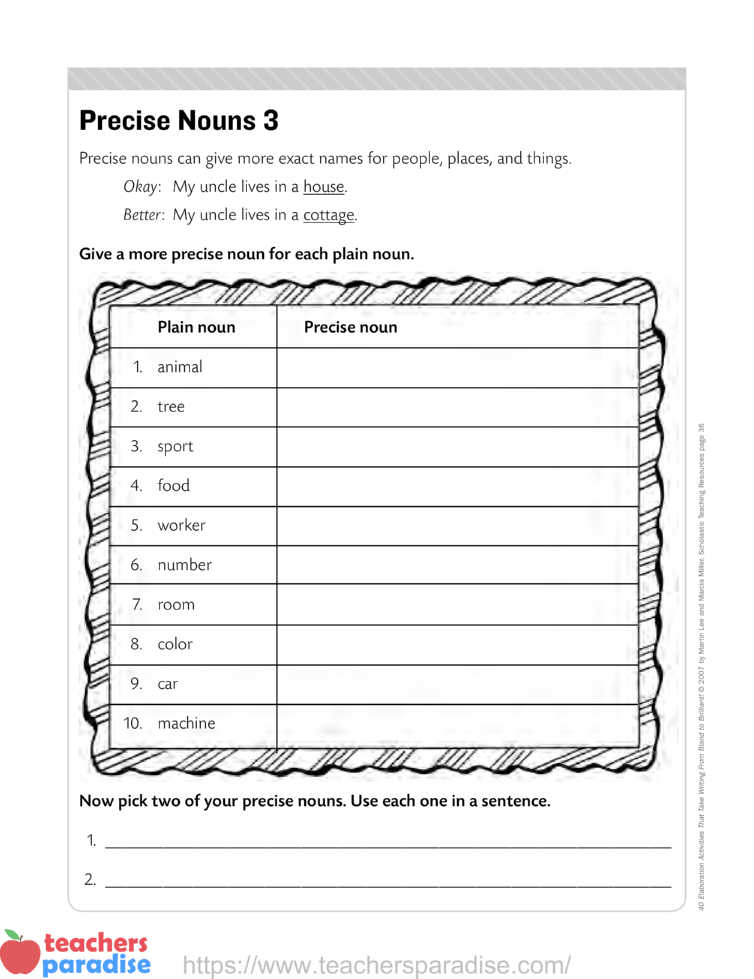
Follow-Up
• Invite students to share some of the sentences they have written using their precise nouns. You might post them on a bulletin board or sentence chart, or use them as story starters.
• Extend by challenging students to come up with as many precise nouns as they can to replace a single plain noun. Collect the precise nouns on a word wall or on chart paper.
• Challenge students to use more precise nouns when they answer questions. Guide them to identify plain nouns in poems or stories they read, and to replace them with more precise nouns.
Precise Nouns 1 Activity Worksheet
Nouns are naming words. Precise nouns name more exactly. Use better naming words to make your writing more clear.
Okay: My pet likes carrots.
Better: My gerbil likes carrots
Make each sentence better. Look in the big pencil for a better noun. Rewrite the sentence using that more precise noun.
Precise Nouns 2 Activity Worksheet
Thing is a noun, but it’s not a precise noun. Thing is unclear. Avoid thing in your writing.
Unclear: Did you join that thing?
Precise: Did you join that club?
Write two different precise nouns to replace each thing. Be sure that either noun will make each question clear.
Precise Nouns 3 Activity Worksheet
Precise nouns can give more exact names for people, places, and things.
Okay: My uncle lives in a house.
Better: My uncle lives in a cottage.
Give a more precise noun for each plain noun.
Table of Contents
Introduction – 5
Teacher Notes – 8
Student Activity Pages – 34
Precise Nouns 1 – 34
Precise Nouns 2 – 35
Precise Nouns 3 – 36
Vivid Verbs 1 – 37
Vivid Verbs 2 – 38
Vivid Verbs 3 – 39
Active Adjectives 1 – 40
Active Adjectives 2 – 41
Active Adjectives 3 – 42
Adverbs Answer 1 – 43
Adverbs Answer 2 – 44
Add Adverbs – 45
Snazzy Sentences – 46
Headlines – 47
Synonym Stacks – 48
Synonym Bulb – 49
Alliteration – 50
Tongue Twisters – 51
Complete the Story – 52
Sparkling Similes – 53
Draw for Ideas – 54
Sensory Details Chart – 55
Add Supporting Details – 56
Detail Diagram – 57
Dreamy Details – 58
Pet Points – 59
Weather Words – 60
Add Character Traits – 61
Dialogue Details – 62
Build a Sentence – 63
Support a Main Idea – 64
Transition Train – 65
Sentence Stretchers – 66
Smooth Your Story – 67
Exaggerate to Elaborate – 68
Eyewitness Elaborator – 69
Add to an Ad – 70
Don’t Whine…Do Shine! – 71
Appealing Anecdote – 72
Elaboration Editor – 73
Reference Pages – 74
Test Prep Tips – 74
Editor’s Marks – 75
Self-Prompting Hints – 76
A Look Back – 77
Elaboration Self-Evaluation Checklist – 78
Congratulations – 79
Author’s Award – 80

